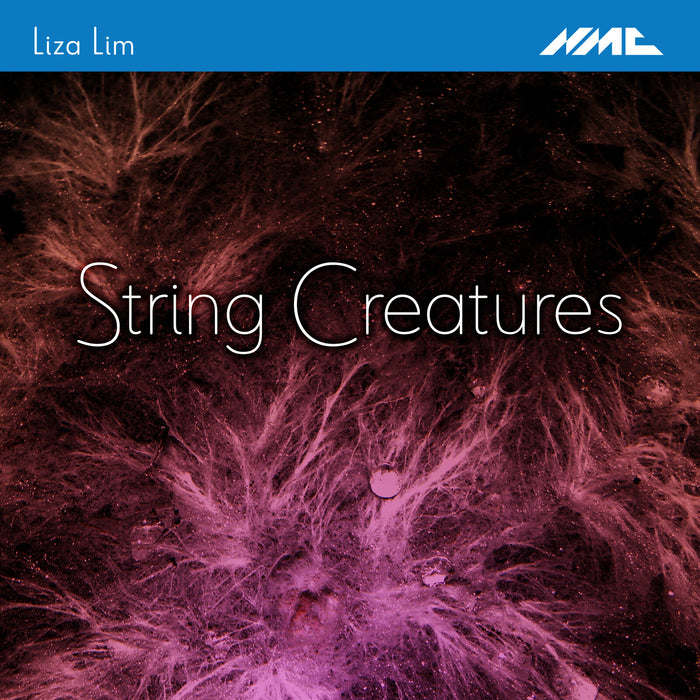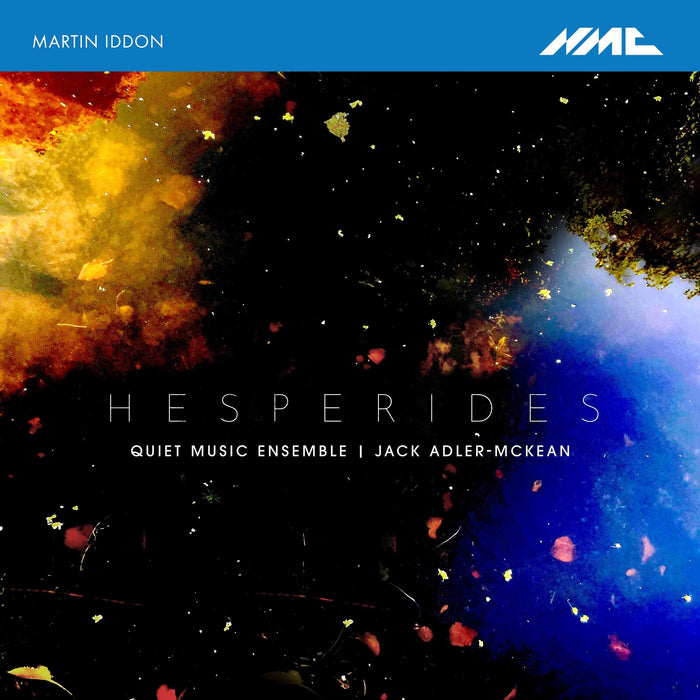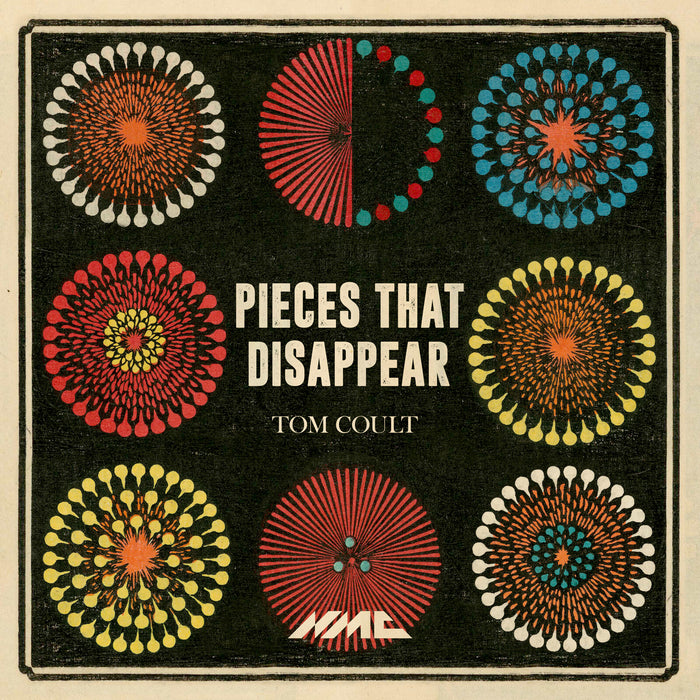Description
Lisa Illean is a composer whose work has been described as 'music that seeps into your consciousness' (ABC Classic FM). Her subtle, mesmerising compositions explore nuances of sonority, timbre, auditory phenomena and perspective, and have been performed by acclaimed ensembles across the globe. On arcing, stilling, bending, gathering, Illean's debut portrait album, four different works are assembled to offer a portal into her delicately captivating sound-world.
The album opens with the title work performed by the Australian National Academy of Music. Scored for piano, a string ensemble divided into smaller 'satellite' groups, and pre-recorded electronic sound, the piece uses a 'non-tempered' tuning system, aiming to give a sound that is 'plain, quotidian, and sometimes fragile' (Illean). The composer describes this piece as 'a very personal contemplation of the moments of kinship and tenderness that balance the immensity of the world we inhabit'.
Tiding II (silentium) is the second in a collection of Illean's pieces dealing with elemental patterns. George Barton (percussion), Siwan Rhys (piano), and David Zucchi (saxophone) bring to life transient sheets of sound, ebbing and flowing with the tides, the tension between fluidity and precision never far from the surface.
Soprano Juliet Fraser joins Explore Ensemble for A through-grown earth, a darkly intimate setting of the highly personal poetry of Gerard Manley Hopkins. Again using non-tempered tuning and pre-recorded sound - this time an eerie chorus of retuned zithers - Illean worked very closely with Fraser, who has been dubbed 'one of those singular voices of a generation' (VAN Magazine), to create music that explores the subtle extremities of the voice.
New realms of quietitude are found in the work which employs the largest forces - Land's End, played by the Sydney Symphony Orchestra. Inspired by detailed pencil drawings of windswept landscapes by Latvian-American artist Vija Celmins, sound is suggested, whispered, inviting us to lean forward, so that 'the experience of the piece is to be found as much within the listener as the sounds that I have organised' (Illean). 'A tantalisingly beautiful piece, it consist[s] of the quietest wisps and traceries of sound that forever seem to just hang in the air. It keeps one's concentration on a knife-edge.' (In-review)

















